Laughing All The Way To The Bank: 35+ Silly Yet Lucrative Inventions
For as long as humans have existed, we have had this burning desire to explore and discover. And going hand in hand with this was an impulse equally as strong—to invent. It is human’s desire to create and passion for imagination that is one of the many features that have set us apart from the rest of the world’s species. It is thanks to this desire for innovation that we have all the objects, inventions, and devices that have become commonplace features in our lives, even though we don’t always fully appreciate them.
Unsurprisingly, most of these inventions often made their inventors extremely wealthy. That said, not all lucrative creations were the most useful or practical of inventions. Many of them were rather silly in some cases, and outright bizarre in others. But hey, people love to buy weird things. So, why don’t you join us as we learn about some of the most bizarre inventions out there, and the massive piles of money that they generated.
The Big Mouth Billy Bass — $100 Million
We can think of no better way than to kick things off with one of the most ridiculous inventions of the last 20+ years. An invention most of us likely only know from television; introducing the Big Mouth Billy Bass.
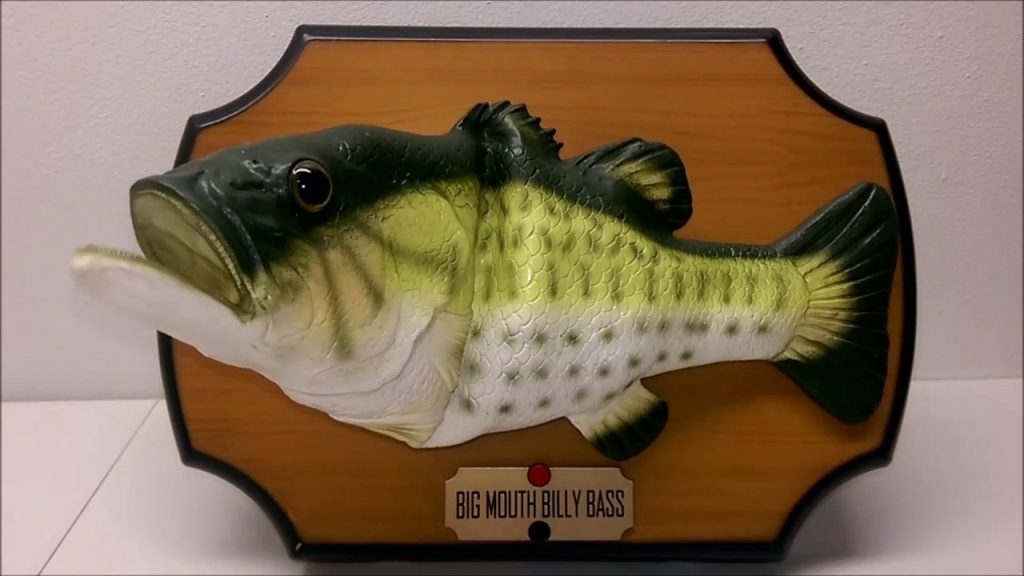
This singing animatronic fish was first invented in Germany around 1998 and became extremely popular during the 2000s. Generally made from plastic, the mechanical fish would flop its tail and head around as it sang a variety of popular unes.
Snuggies — $500 Million
The next entry was often made the butt of the joke in comedies, but it’s actually pretty clever. We are, of course, talking about the Snuggie or Slanket. For those of you who have never heard of it, basically, it’s a sleeved blanket.

The whole point of the Snuggie was to act like a blanket and keep you warm while not trapping your hands in the process. It was an idea that proved extremely successful, with the first inventor believed to have made $50 million.
Magic 8 Balls — Millions
When it comes to paperweights, what could be more iconic than the classic Magic 8 Ball? First invented in 1944 by Albert Carter, it struggled to sell until it was noticed by Brunswick Billiards, the company that would give it its iconic look.
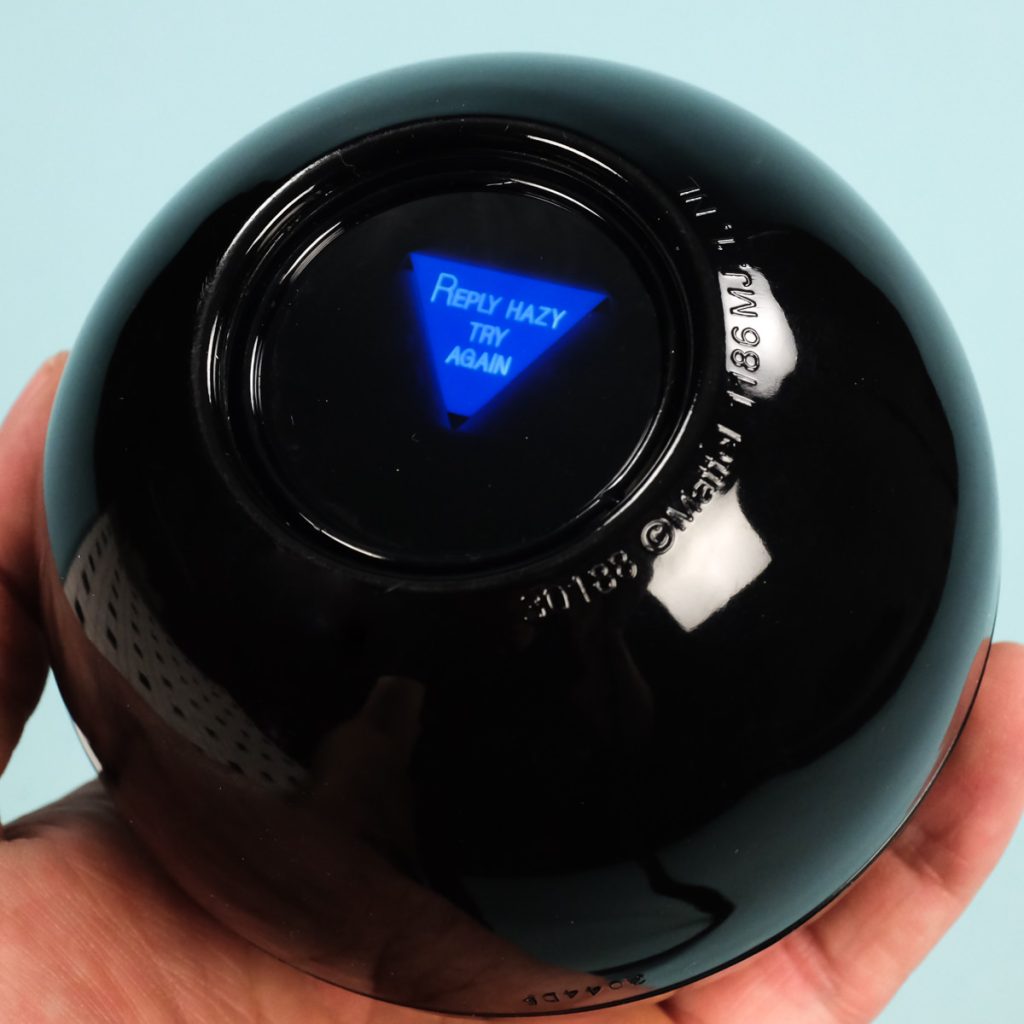
Brunswick asked Alabe Crafts (the group Carter sold to) to redesign it to look like a traditional black and white 8 ball. And the rest is history. It’s difficult to estimate its worth, but around a million are sold a year, so it must be a lot.
Fidget Spinners — Unknown
Speaking of iconic toys/gadgets, few are probably as infamous as the fidget spinner as its meteoric rise and fall. Back in 2017, fidget seemed to have appeared from nowhere as everyone around suddenly seemed driven to buy one. However, its inception is older.
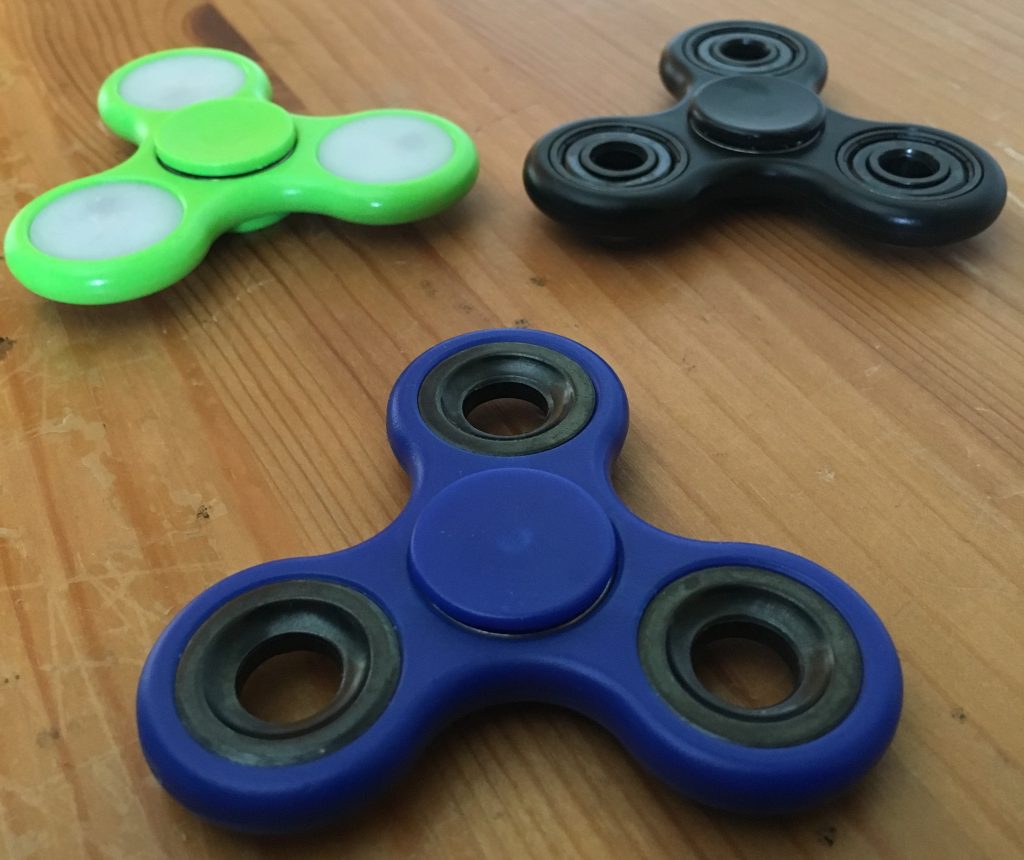
While the spinner only really captured the market in 2017, its concept and basic design go back to 1993. Like the 8-ball, it’s difficult to estimate its worth, seeing as anyone can make and sell them. Collective, it must easily be worth a couple of million.
Tamagotchis — Millions
However, the popularity of our two previous entries pales in comparison to the legendary Tamagotchi, a toy and digital pet that would not only capture the hearts of its native Japan but the whole world. Back in the late ‘90s, you could not escape it.
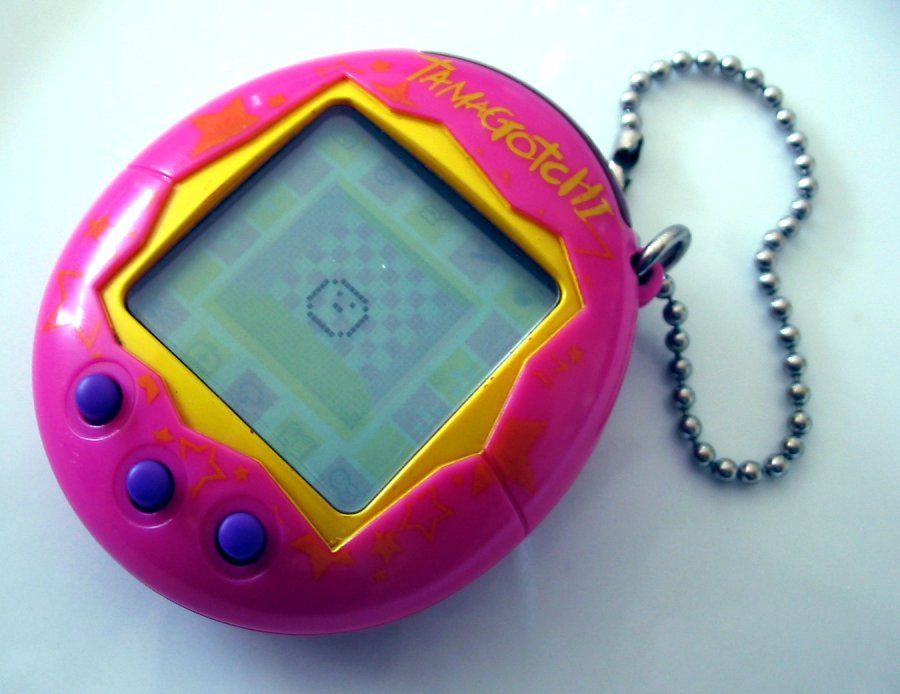
The Tamagotchi was created by Akihiro Yokoi in collaboration with Bandai, a Japanese toy manufacturer. The device would go on to sell over 83 million digital pets by 2021. A conservative evaluation of its worth is in the tens of millions.
Pet Rocks — $6 Million
This next entry must be, hands down, the most absurd, laughable, and yet also brilliant thing we have come across. The item in question is a collectible “toy” known as the Pet Rock and was extremely for about six months.
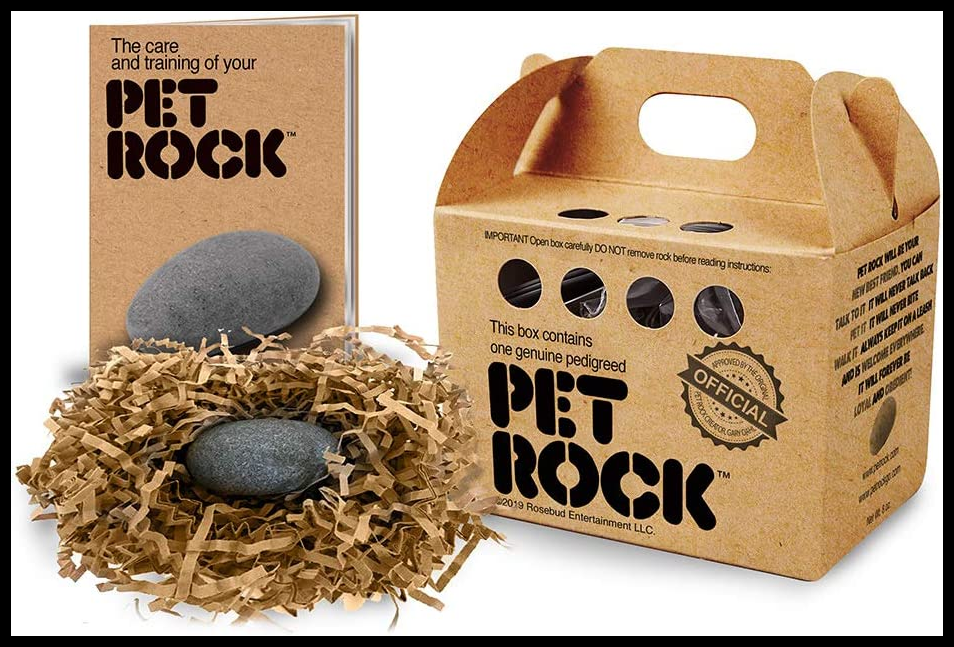
The “toy” was in fact real rocks that were packed into a cardboard pet carrier that even had straw bedding inside it. While its popularity was short lived, the creator, Gary Dahl, was able to earn somewhere between $4-6 million.
The Most Valuable Homepage — $1 Billion
Back in 2005, an English student named Alex Tew, was thinking of a way to make some extra cash whilst studying at university. This led him to create one of the most interesting concepts we’ve heard of—The Million Dollar Homepage.
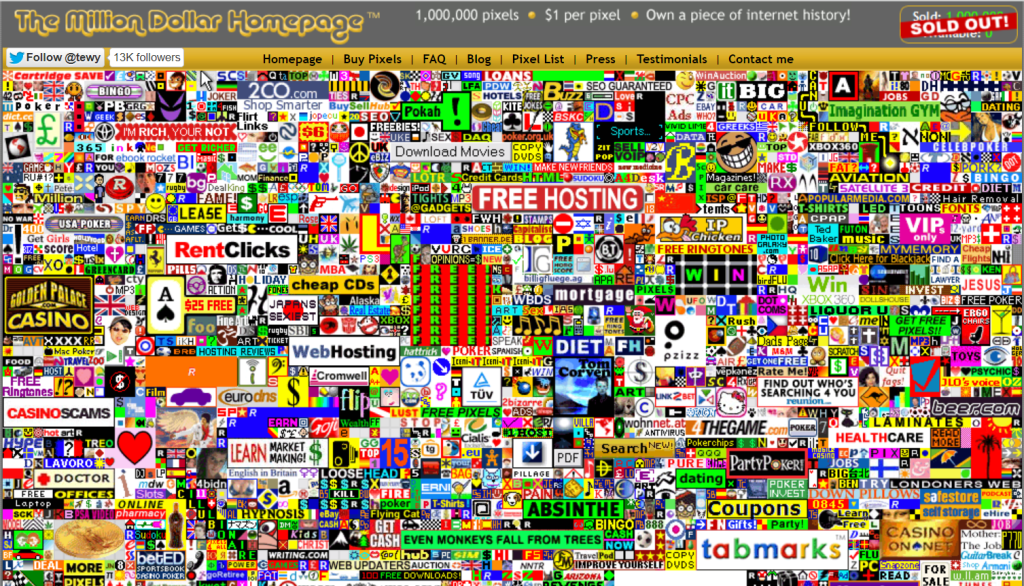
The basic idea behind Tew’s 1-million-pixel website was that he offered to host an image or logo for the price of $1 per pixel. It was an extremely cheap fee that was definitely a worthwhile investment, as the site is now valued at over $1 billion.
Spanx — Millions to a Billion
When it comes to fashion-related garments, very few are as famous or joked about than Spanx. In case you are not familiar with them, Spanx, the brainchild of Sara Blakely, is a type of tightfitting and shaping underwear and leggings.

Sara Blakely took a bit of risk in pursuing her project, pouring her life savings of $5,000 to see it realized. Well, it’s safe to say that the gamble really paid off, as the company is now worth an eyewatering $1.2 billion.
Slinkies — $6 Billion
The slinky is a very unassuming toy that everyone has owned or at least seen somewhere else. You would not be wrong in thinking that such a simple idea as this one would ever truly be a hit. Well, that was not the case.
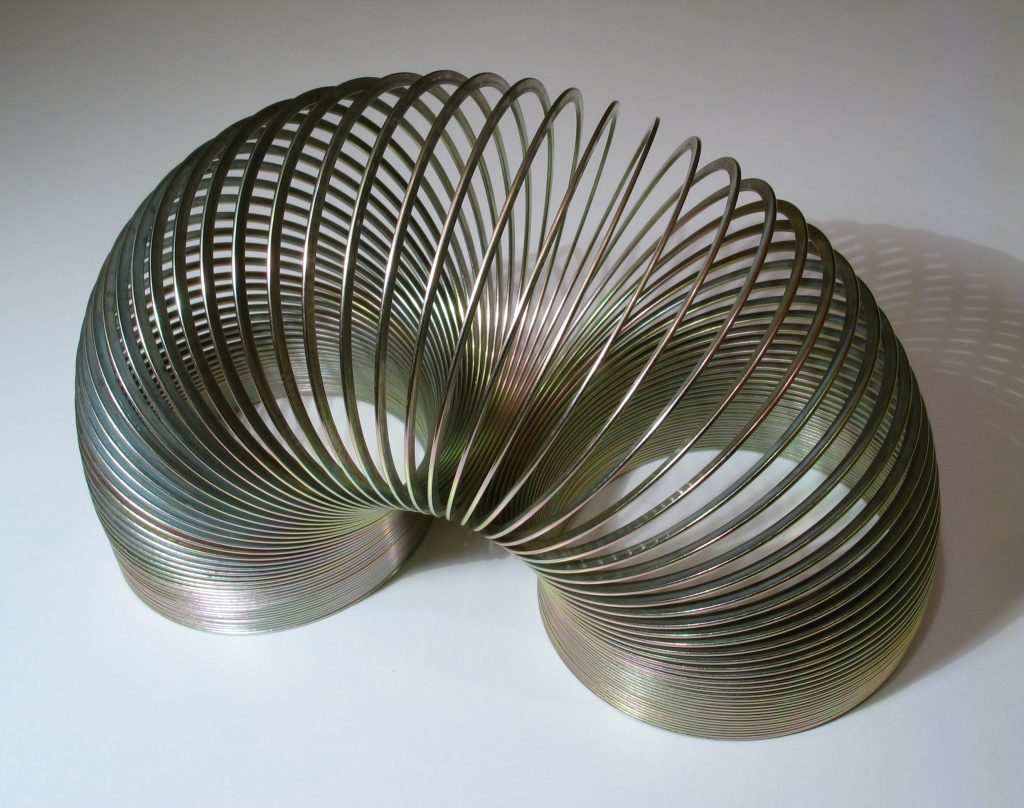
Invented back in 1940, the slinky was not only popular as a relaxing toy, but also because of the various tricks you could do with one. Conservative calculations, adjusted for inflation, estimate that the inventor, Richard T. James, made roughly $6 billion.
Antenna Balls — Millions
While the slinky might be very weird, at least it was useful in that you can play and keep yourself entertained with it. Heck, you could use it to learn about physics. Other products like antenna balls are just plain weird.

This extremely simple product was created by Jason Wall back in the early ‘90s under the name Antenna Balls. The company sold a variety of decorated and themed baubles to adorn car antennas. It was a simple idea that made Wall a millionaire.
Band-Aids — Millions to Billions
While the majority of the inventions mentioned so far might not be the most useful, this next one is undeniably important. Yep, we are talking about plasters or adhesive bandages, but more specifically, Band-Aids, Johnson & Johnson’s trademarked bandage invented in 1920.
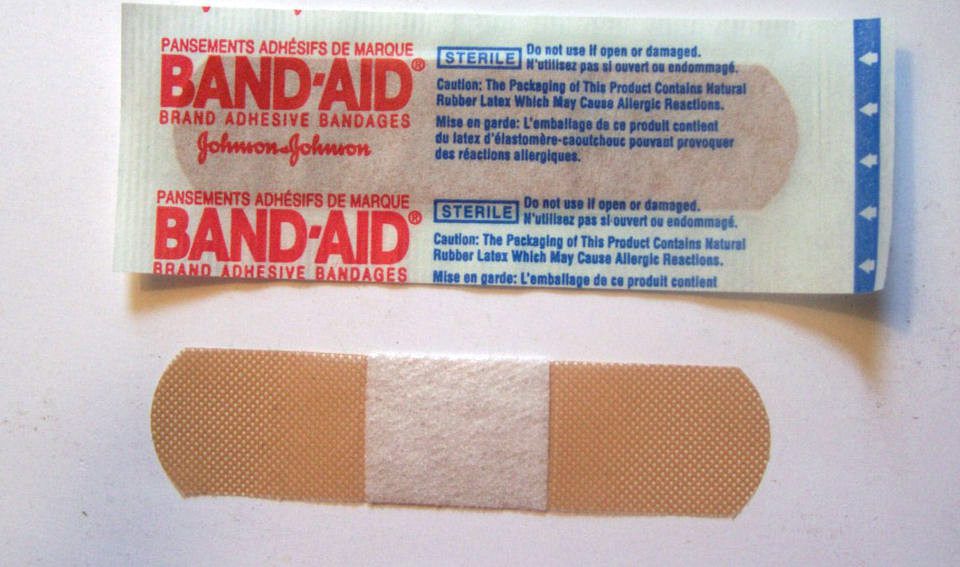
Earle Dickson—a Johnson employee—was brainstorming how to help his wife who often cut her fingers during cooking. He invented a prototype, and the rest is history. It’s near impossible to calculate the worth, but it’s safe to assume somewhere between millions to billions.
Gummy Bears — Billions
This next entry is likely one of the most popular snacks or candies from Germany, though its fame is known worldwide. Gummy bears, sometimes called jelly babies, are an extremely popular gelatine-based snack that was invented around 1920 by Hans Riegel.
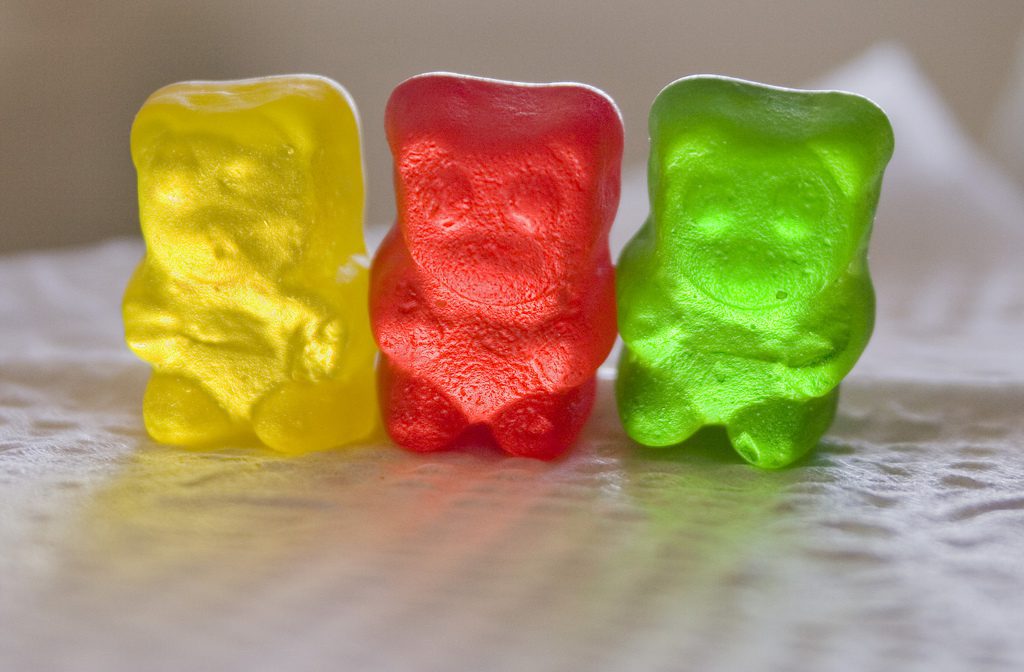
Riegel was a confectioner from the city of Bonn and would go on to found the world-renowned confectionery company, Haribo. While countless manufacturers produce these candies, Haribo is the most recognized brand. Again, it’s hard to calculate the worth due to different brands selling them, but Haribo is likely worth over $3 billion.
Doggles — Millions
It should come as no surprise that many pet owners really enjoy finding new ways to pamper their furry friends. Sometimes it’s simply buying some practical items, other times it can lead down a stranger path. A fine example are Doggles.
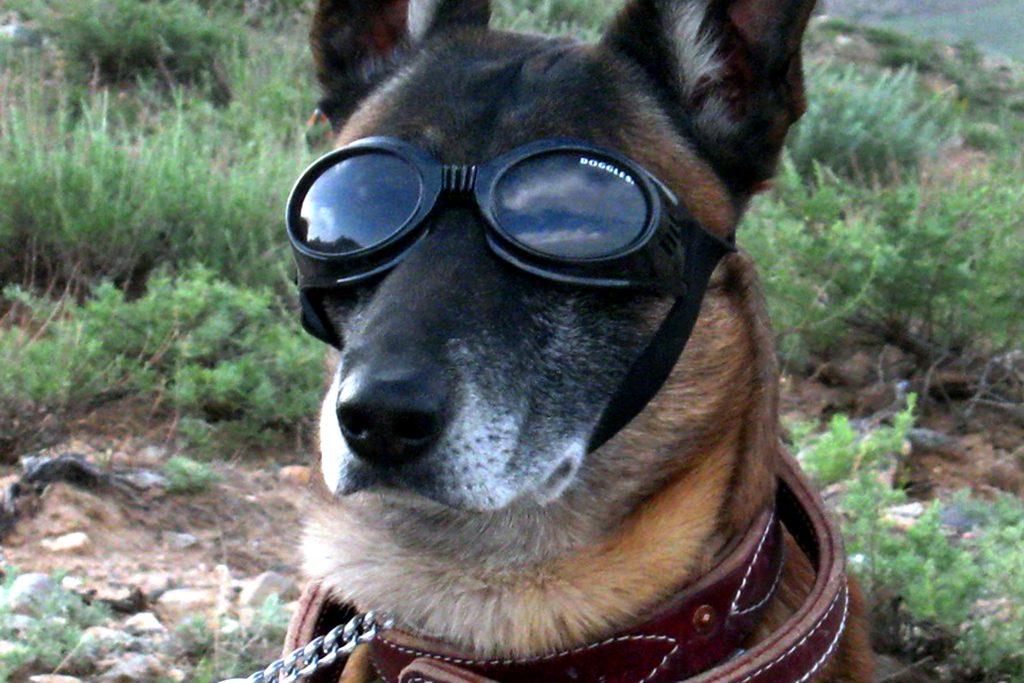
Doggles, as you might guess, are goggles that Roni Di Lullo redesigned for dogs. Doggles don’t just act as sunglasses but can also be fitted with prescription lenses for dogs with imperfect eyesight. It’s believed that Di Lullo’s earns range somewhere in the millions.
Huggable Hangers — Millions
Joy Mangano is an American inventor who might not be a household name nor as well-known as some others on this list, but she still managed to make her mark. Mangano is known for having designed a range of largely home-focused products, such as Huggable Hangers.
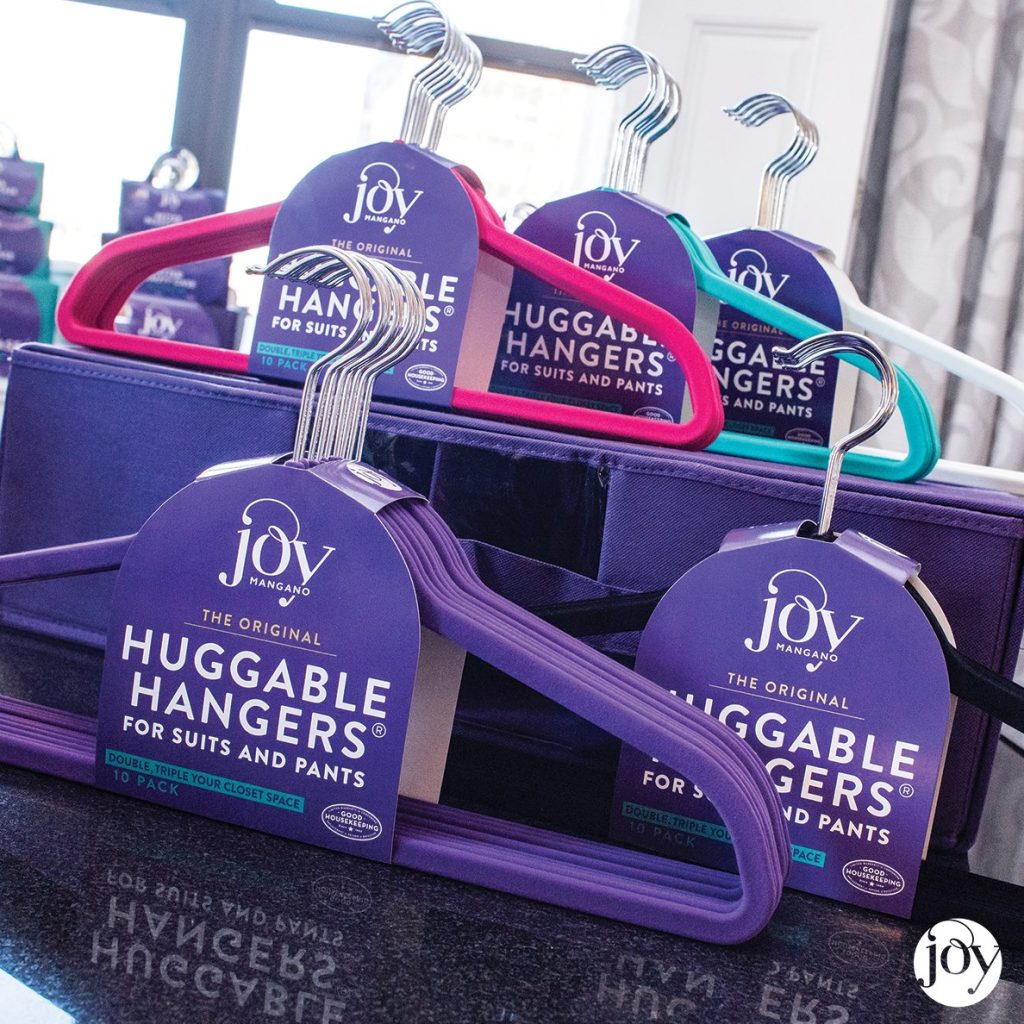
The idea was to design thin and non-slip hangers made from velvet, with the added goal of freeing closet space. Not only did Mangano succeed in getting Oprah Winfrey to endorse the product, but she also sold over a billion of them in 2010.
The Drop Stop — Millions
There are very few things as irritating as when you accidentally drop something between the seat of your car and the center console. No matter what you dropped, it always finds a way of falling into the most inaccessible nooks and crannies.
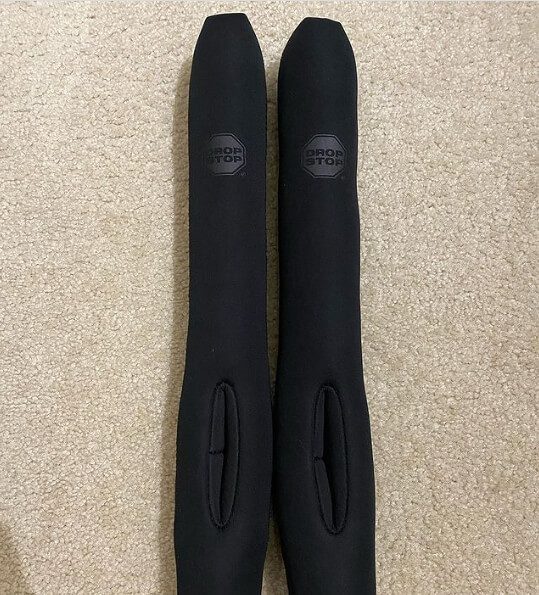
Well, Marc Newburger and Jeffrey Simon eventually had enough and invented Drop Stop. Drop Stops are rubber/polyester tubes that were designed to fill gaps between the front seats and the center console to prevent things from falling between them. Unsurprisingly, it was an extremely successful concept.
AllerMates — Unknown
Allergies are annoying. There’s no two ways about it. Whether you have a frustrating albeit mild pollen allergy or a dangerous nut allergy, all allergies negative effect our quality of life. This matter becomes even more challenging when kids are involved.
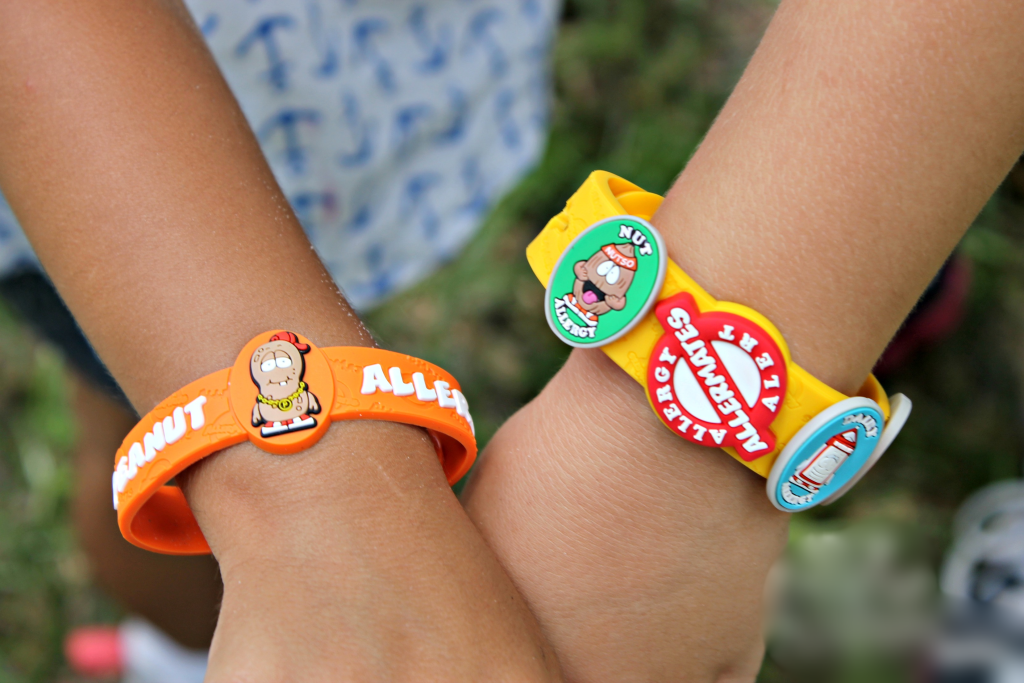
Whether it’s educating your children or their teachers, kids with allergies are tricky. This is what led Iris Shamus to design AllerMates, a simple plastic wristband with attachable stickers of her child’s allergies. While they were popular for a while, we don’t know how profitable they were.
The Smiley Face — $45 to $250 Million
While some products have a clear brand identity or uniqueness to them, others don’t really. A contrast that often leads us to be surprised when a seemingly generic product or creation is actually a trademarked. A great example is the smiley face.
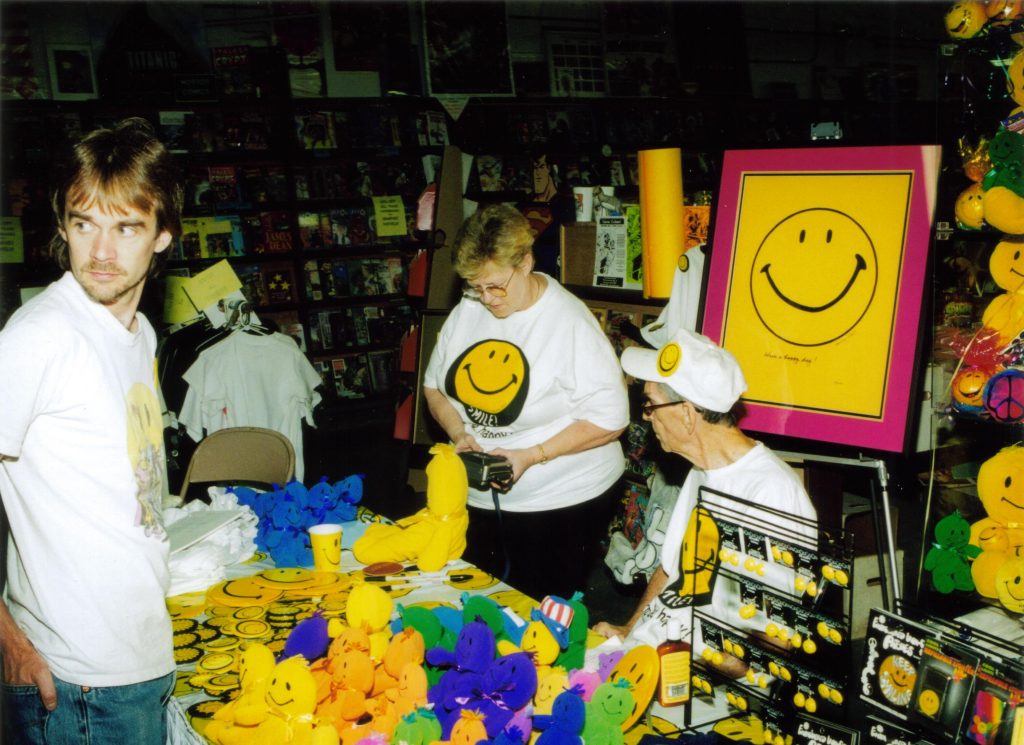
Yep, that iconic yellow smiley face is actually a confusingly trademarked design. It was first designed by American artist Harvey Ball, who only made $45 as he never patented the design. The design was eventually trademarked by two companies that now generate hundreds of millions per year.
Wacky WallWalkers — $80 Million
And now for another wacky toy that we were shocked to discover it made as much as it did. This is the Wacky WallWaker, a spider-shaped toy made from a sticky elastomer that will crawl/walk itself down a wall when thrown at one.
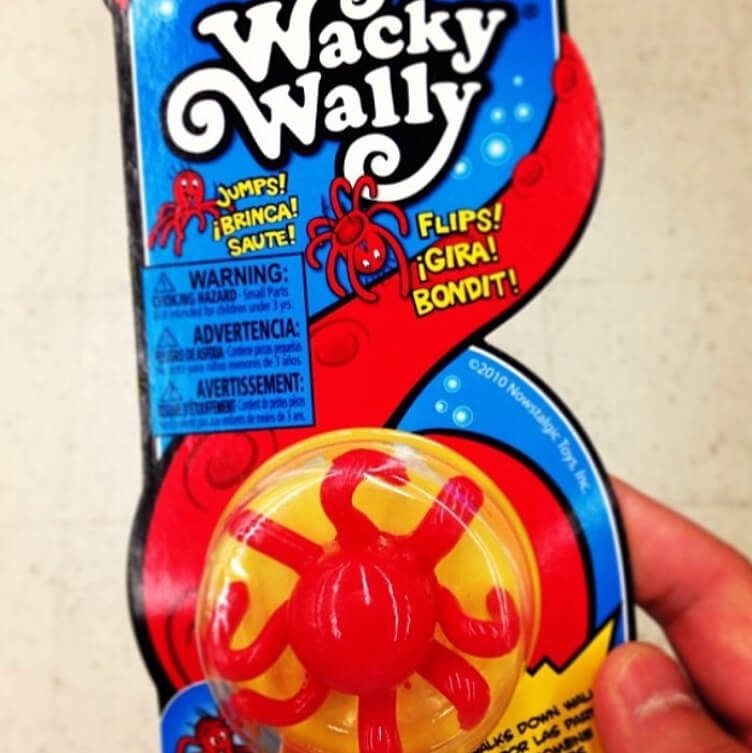
The Wack WallWalker was introduced in the 1980s by Ken Hakuta, a Japanese American who often received similar toys in his mail from his mother. While the popularity of the toy was short-lived, Hakuta made around $80 million in profit.
Furbies — Millions to Billions
But if you thought that WallWakers were popular, it doesn’t even hold a candle to one of the most iconic toys of the 2000s. Namely, the Furby, an electronic, robot-like, animal-like toy that Tiger Electronics first released back in 1998.
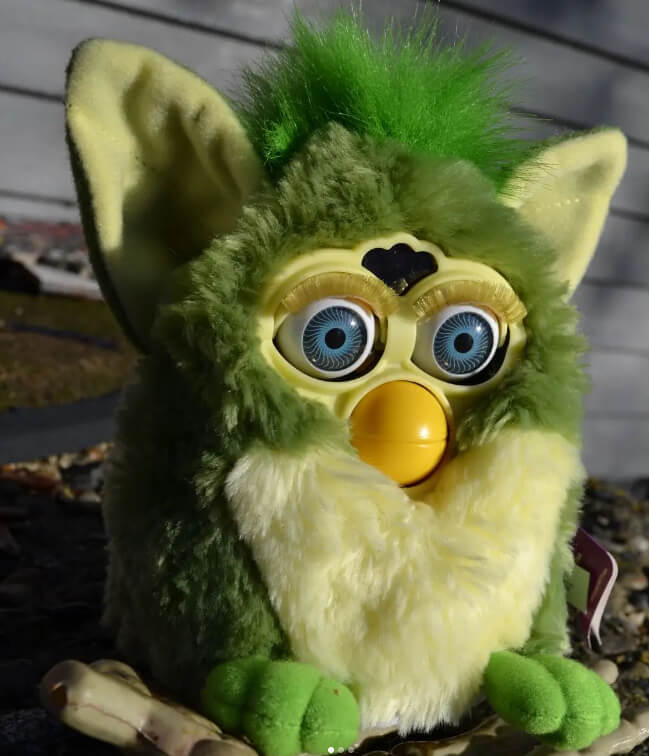
Furbies were such a hit that over 40 million of them were sold in the first three years. Unfortunately, those are the only sales figures available. Meaning we have no idea how many were sold over the years or just how much money they truly made.
Chia Pets — Millions
Another strange, albeit creative, product was the animal and plant-styled Chia Pet, from the US. Chia Pets, in essence, were terracotta figurines that contained chia seeds, which would gradually sprout and grow outwards to resemble the fur of the animal.
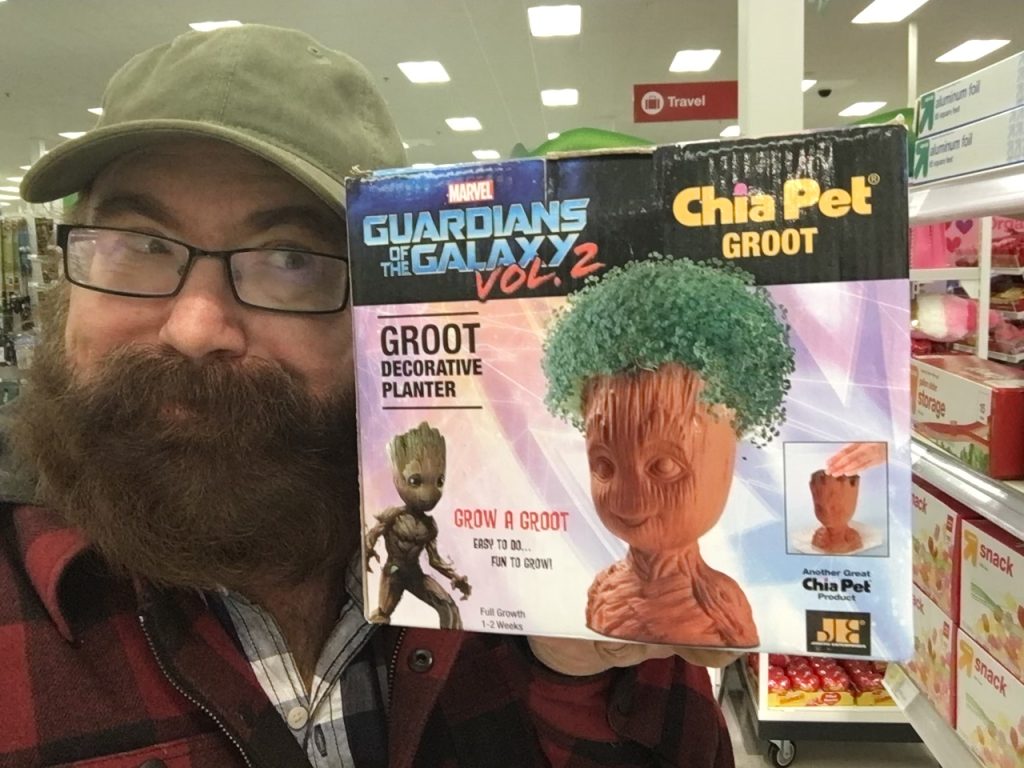
The Chia Pet was created by Joe Pedott after he was inspired during a trip to the Mexican city of Oaxaca. It is believed that by 2019, over 15 million Chia Pets were sold. That figure times the average price of $16 is quite an impressive fortune.
Beanie Babies — $6 Billion
Few toys can rival the popularity and longevity of Beanie Babies. The world was obsessed with this toy in the late 1990s. They were so successful, thanks in part to the Internet, that they are often referred to as the first Internet sensation.
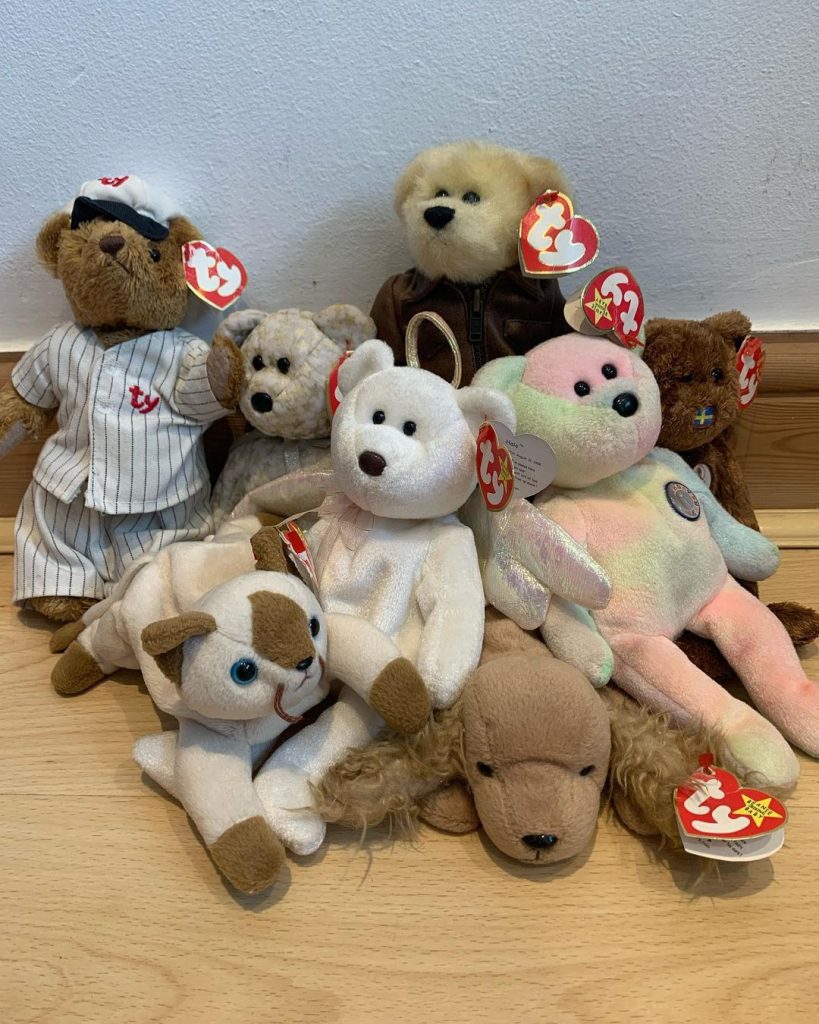
Their soft furry and bean-filled bodies quickly become sought after as collectables items due to the company deliberately releasing a few at a time. It is widely believed that the toy’s massive success was a driving factor that turned the company’s CEO into a billionaire.
The Shake Weight — Millions
Funnily enough, a lot of these million-dollar products we’ve listed so far, were, in part, so successful because they were a fad. And very few products were more of a fad than the infamously memed, parodied and laughable Shake Weights.
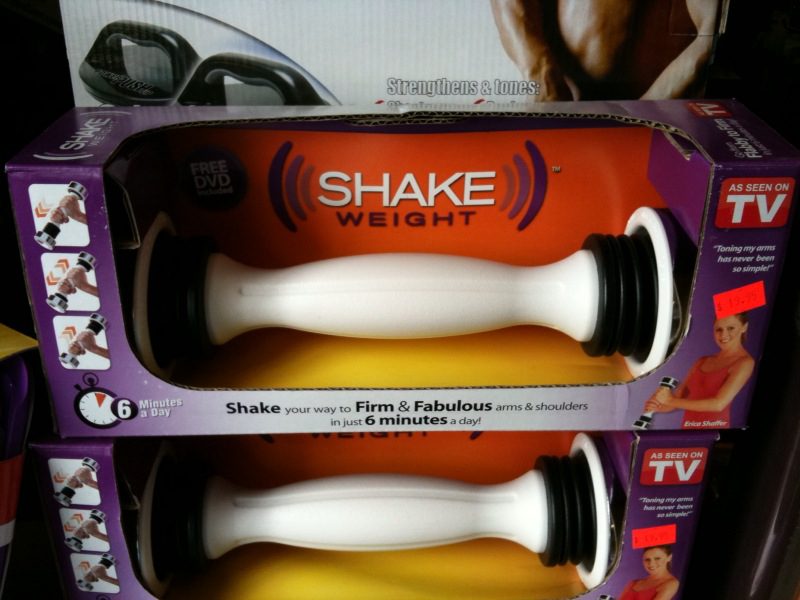
An old favorite for any show or movie that wants to parody consumer culture, the Shake Weight has been a source of jokes for years. But with all that said, it still managed to trick millions of TV watchers into ordering one themselves.
Squatty Potty — $30 Million
Just because we take something to be the norm doesn’t mean it truly is. While modern toilets and plumbing are arguably among the greatest of inventions, how we use them is not natural. This is something that Judy Edwards, the inventor of the Squatty Potty, discovered.
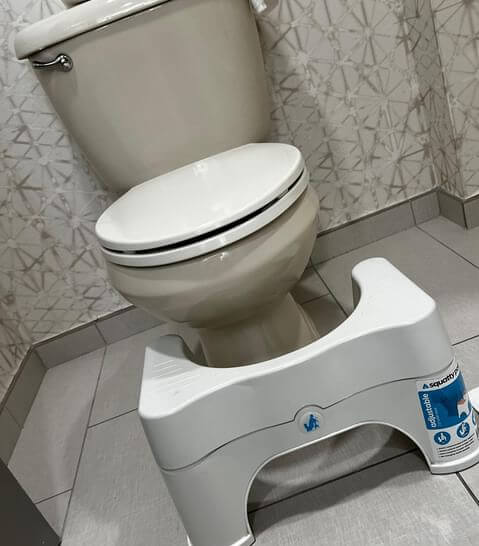
Not to be indelicate, but Judy suffered from constant constipation. A doctor told her to raise her knees whilst on the toilet—a more natural position for the body. The method worked and, in turn, inspired Edwards to create her now $30 million invention.
Billy Bob Teeth — Millions
This next entry is one we’ve often seen on TV, but, honestly, never expected to have been a money maker. The item in question is called Billy Bob Teeth. A name that very likely means nothing to most people without a visual aid.

They are, basically, those ugly and crooked fake teeth that you see people wearing as a joke. This simple even laughable idea was first thought by Rich Bailey to make girls laugh. Soon after he came up with the concept, he marketed the idea with Jonah White, selling millions thereafter.
Koosh Balls — $100 Million
Back in the ’80s, an unlikely inventor by the name of Scott Stillinger decided that weren’t enough types of balls. To be more specific, he wanted a ball that was somewhere in between foam balls and bean bags. Something heavy but not too heavy.
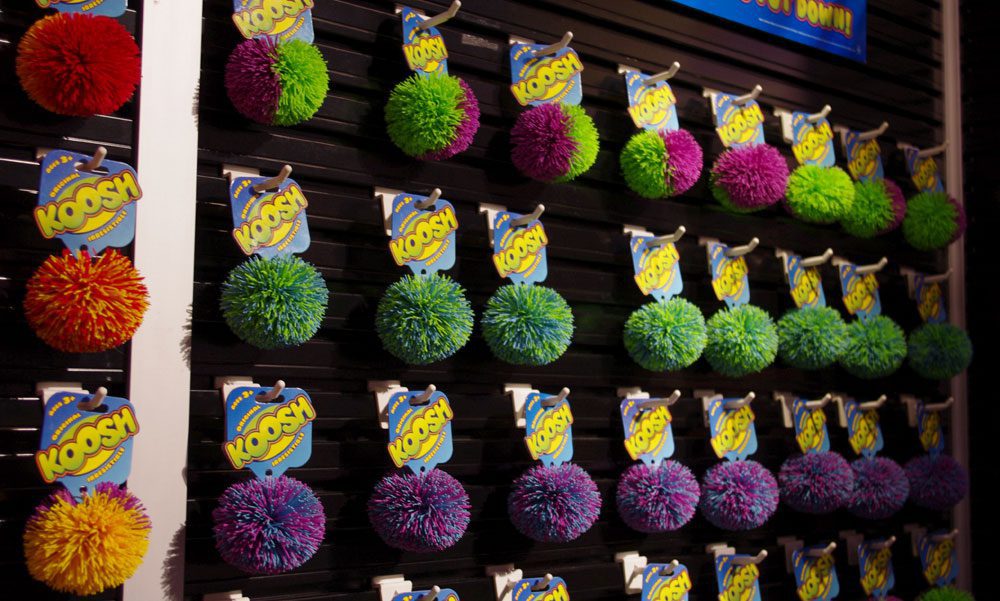
The end result was the Koosh ball—a ball made out of rubber strands that radiate out from a metallic core. The quirky design made them extremely successful, quickly selling millions just by 1995. It’s fair to assume that they’ve made at least $100 million.
Mood Rings — Unknown
Mood rings are fascinating bits of jewelery that seem to be equally liked and joked about, probably because of the unscientifically proven claims associated with them. Regardless, they’re still a credibly popular trinket, even if they have no clear inventor.
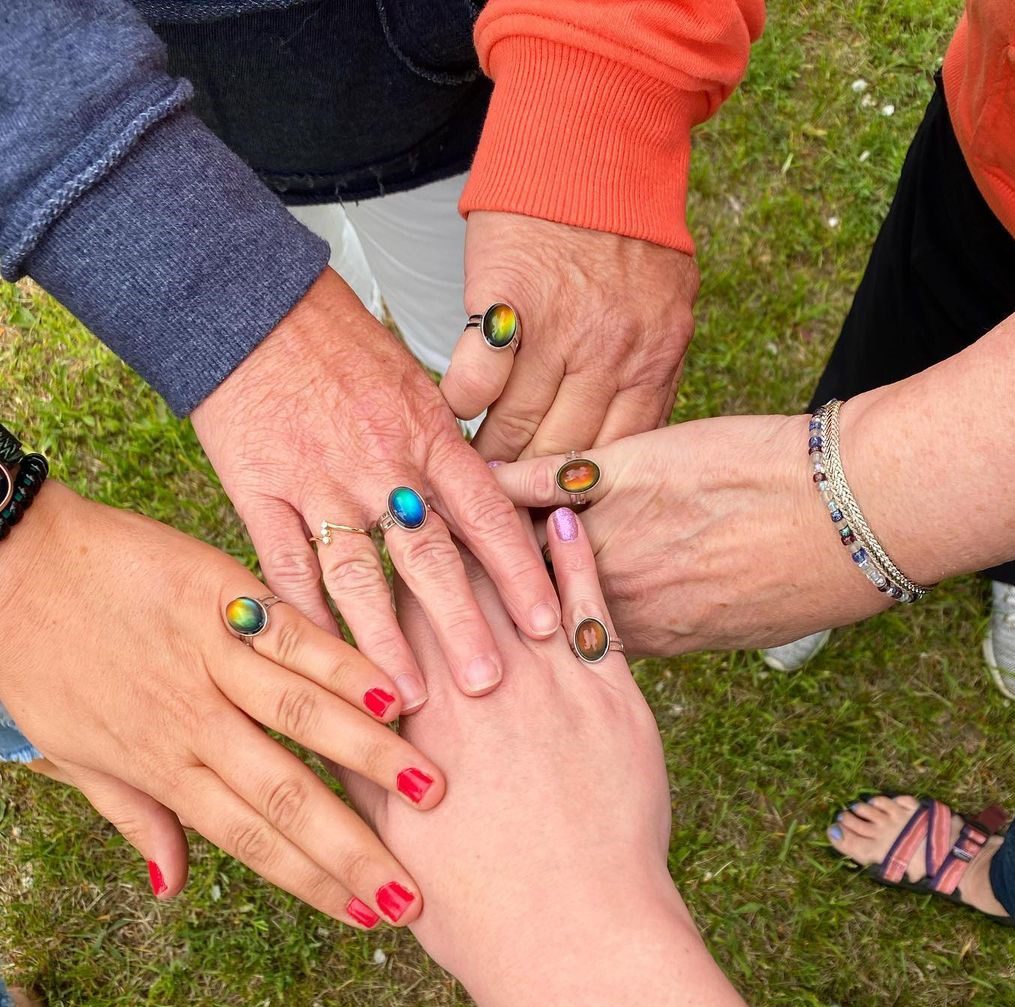
Let’s backtrack to that last statement. The issue with trying to calculate the overall value behind the product property is that it isn’t clear who invented them. So, even though millions have likely been sold, there is no way to track how many.
Silly Bandz — Millions
The 2010s were a crazy time, in more ways than you might think. It was around that time that a rather silly craze swept over Northern America. Silly Bandz were rubber bands that were shaped into a wide range of animals and objects.
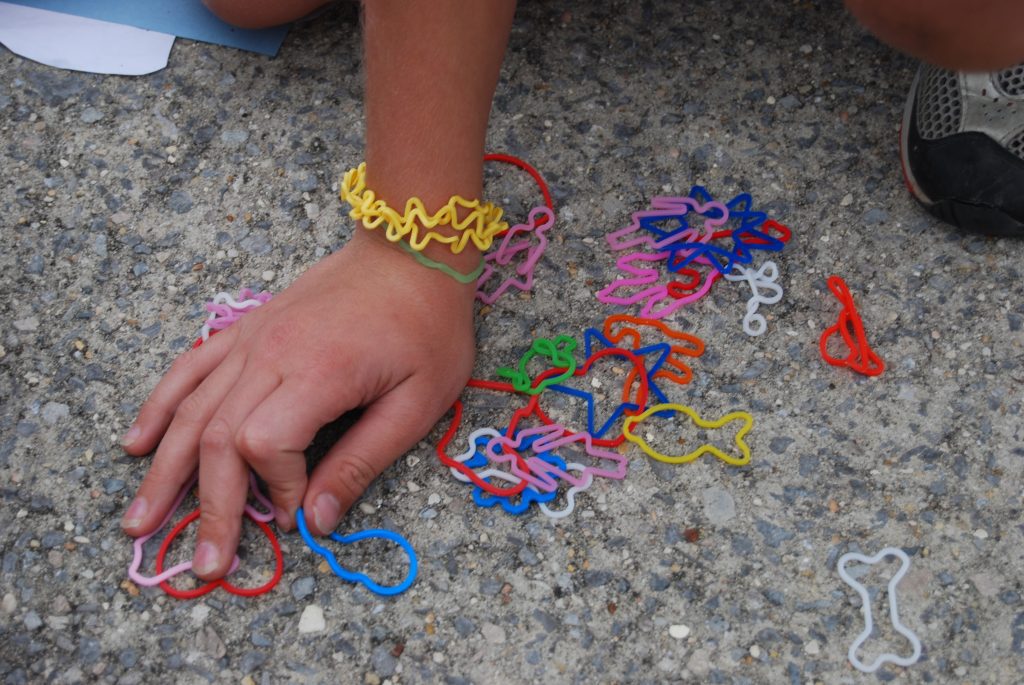
The bands were originally made by the Japanese design team, Passkey Design, and were called Animal Rubber Bands. The design was eventually noticed by an American businessman who bought the design and remarketed them as toys, earning possibly millions in turn.
The Flowbee — Millions
Most people, we would imagine, would rather go to a professional hairdresser to cut their hair. Among other things, one of the benefits of this is that you don’t have to clean up hair afterwards. That is unless you were Rick E. Hunts.

Mr. Hunts—originally a carpenter—created the Flowbee, an electric vacuum cleaner that had been modified to cut hair. While the idea was not initially successful, he soon not only captured the attention of millions of buyers, but also the International Space Station!
Rainbow Loom — Millions
While this next entry might look similar to the Silly Bandz, albeit without the distinct shape, it’s still unique in its own way. Back in 2010, Cheong Choon Ng, a Malaysian inventor of Chinese descent, created the global sensation Rainbow Looms.
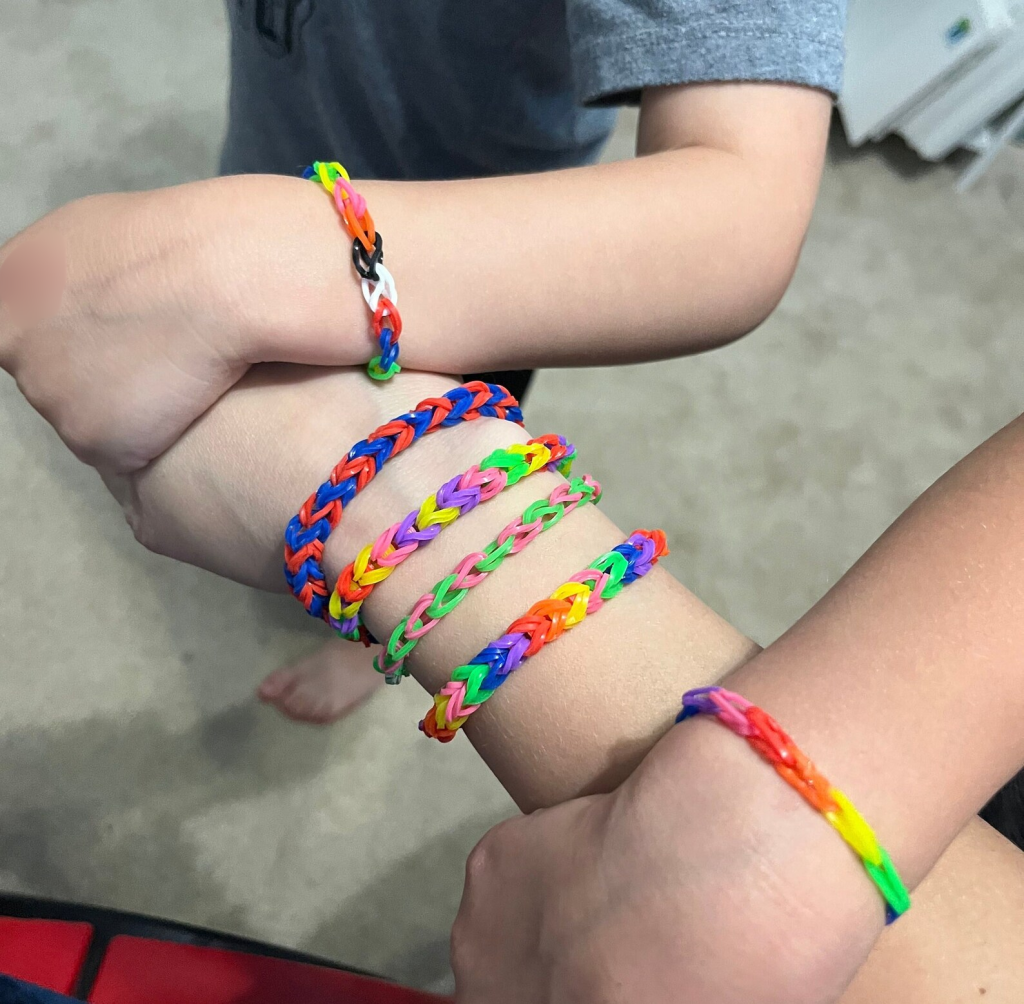
Rainbow Looms took a simple concept and created one of the most in-demand craft kits ever. Each kit came with a loom-styled tool that you would use to weave various colorful rubber bands together to create bracelets. A concept that’s made Mr. Ng a millionaire.
Lucky Break Wishbone — Millions
A breaking of a wishbone is a common Thanksgiving tradition in many American households. For those unfamiliar with the traditional, at the end of a Thanksgiving turkey dinner, two people will grab either end of the wishbone and pull it apart.
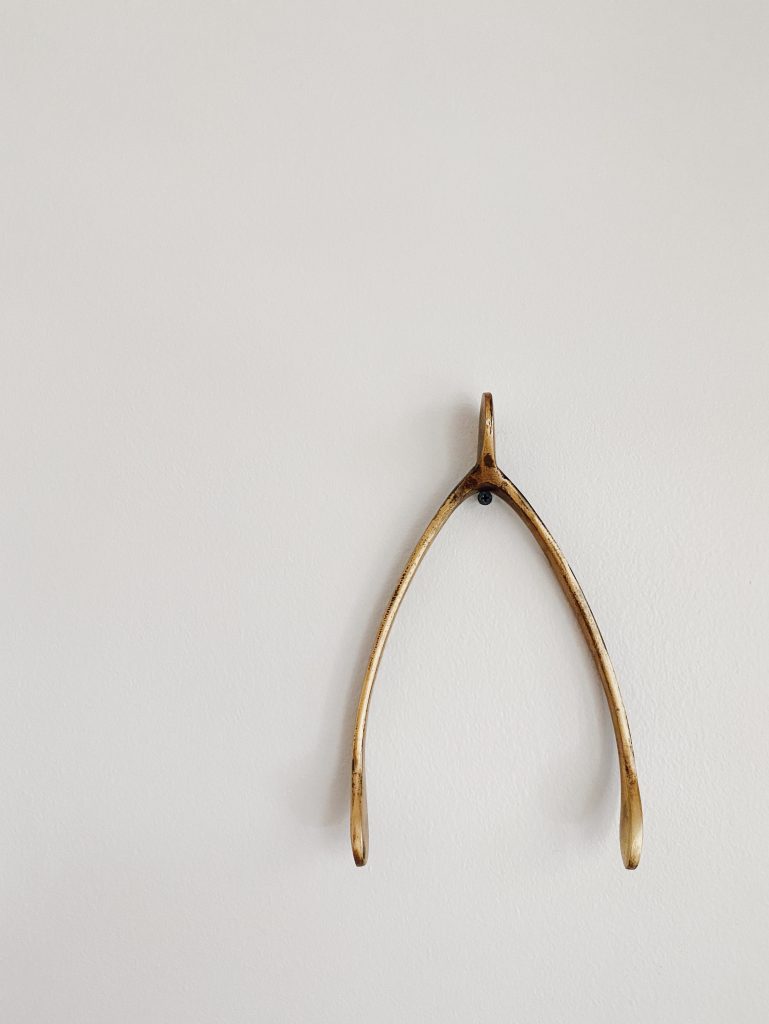
The person who breaks the biggest piece can then make a wish. A simple little tradition that is very popular. So popular that Ken Ahroni decided to capitalize on the idea by creating Lucky Break Wishbones so everyone could have a turn.
Scrub Daddy Smiley Faces — $209-$670 Million
This next one is sure to scrub all frowns and put a smile on anyone’s face. That’s right, we’re talking about the Scrub Daddy. Haven’t heard of it? Yeah, we hadn’t either. Which is weird, considering it was one of Shark Tank’s most successful products.
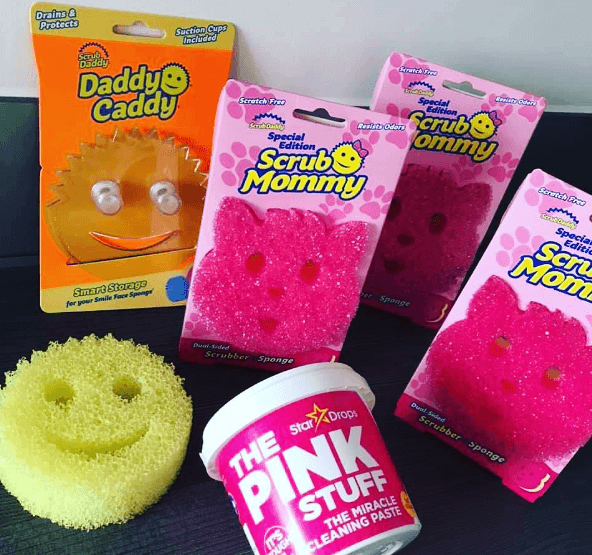
Inventor Aaron Krause first decided to develop a line of polishing pads that were less abrasive than generic ones. For years he struggled to find an investor, deciding to later try his luck on Shark Tank—an investment that made hundreds of millions.
The Trunki — $15 Million
Speaking of Shark Tank, its older brother from the UK, Dragon’s Den, has also had many success stories over the years, although the same cannot be said for the Trunki. This was an amazing concept that tried to make traveling a little easier for children and parents.
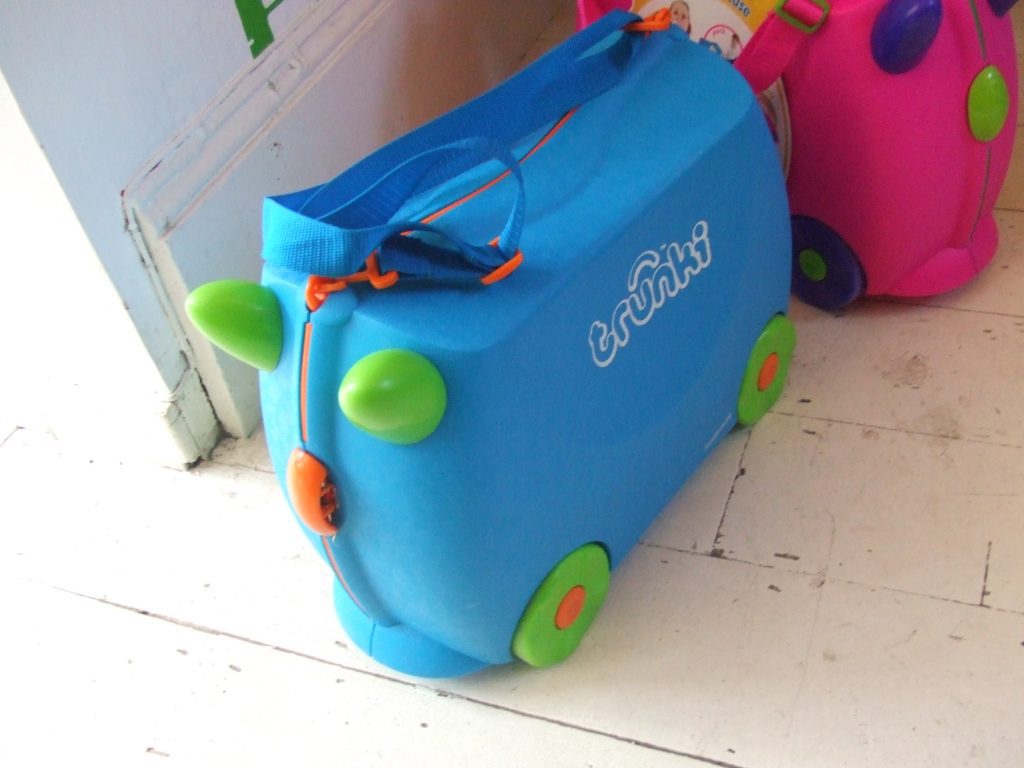
The Trunki was the brainchild of Rob Law, who likely noticed how impatient/annoyed little kids got when traveling. The solution? He designed rideable suitcases with wheels and a seat. An idea that has made him millions, even though he was turned down by the Dragons.
LED T-Shirts — Unknown
There have been dozens of silly or unusual fashion trends for as long as “fashion” has been a thing. This is a subject that gets even tricker to quantify when what one person considers ridiculous, another thinks is amazing. A great example is the Ayyappa Nagubandi’s LED t-shirt.
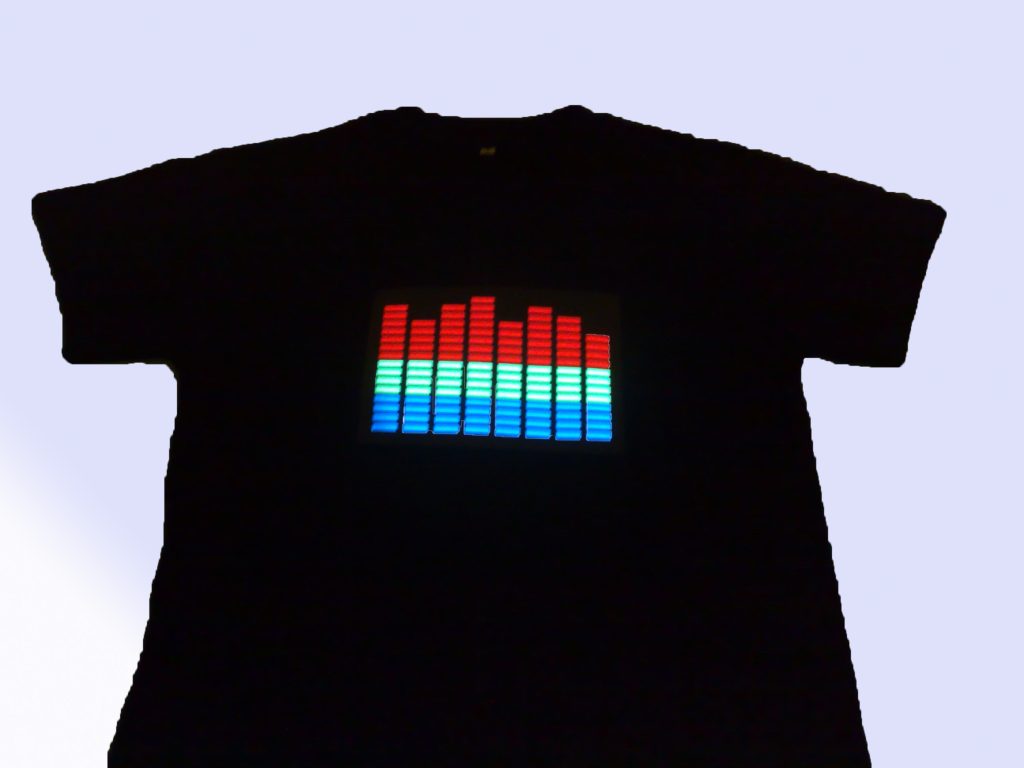
Yep, LED t-shirts. Nagubandi and his wife, Mahalakshmi, were thinking about how they could men’s clothing more interesting. This discussion ultimately them to create LED shirts that actually allow the wearer to change the style and pattern of the design.
Slap Bracelets — Unknown
The Slap Bracelet was another odd fashion accessory of the ’90s, though it had a resurgence in popularity in 2013. They were a fad accessory that inventor Stuart Anders thought of while shopping when a thin piece of metal slapped him on the wrist.
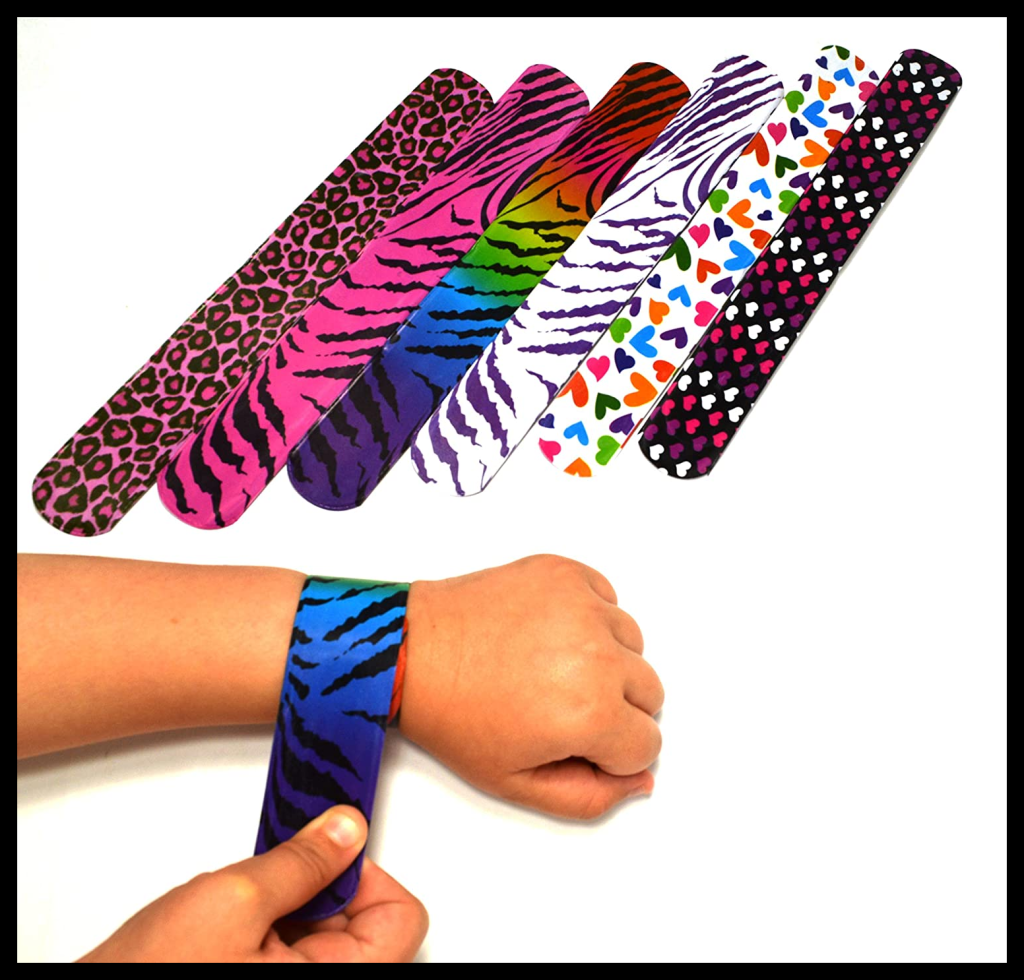
This experience inspired him to create slap bracelets. They were made out of pieces of flexible steel bands that were covered with a protective layer of plastic or fabric. It’s hard to say how much he actually earned, but he sold thousands of them.
Plastic Hula Hoops — Unknown
While the basic design and concept behind the hula hoop is not new, the inventors of the modern version saw an opportunity. Arthur K. Melin and Richard Kneer, noticing how popular bamboo hoops were, thought up a plan to make them even more attractive.

Instead of bamboo or reeds, they made them out of plastic in dozens of colourful and dazzling designs. The new design was so successful that they sold close to 25 million hops within four months. It’s estimated that they made over $400 million.
Bendy Straws — Unknown
This next one is probably one of the best examples of things you wouldn’t really think of being invented, but rather just naturally got redesigned into. We are, of course, talking about the bendy straw that Joseph Friedman invented in 1937.

Friedman came up with the idea after noticing how his daughter struggled to use a regular straight straw. After struggling to find an investor, Friedman decided to manufacture them himself. However, the design later entered public domain and the company dissolved.
The Top-Down Heinz Ketchup Squeeze Bottle — $14 Million (with a katch)
While Friedman and his descendants most likely lost out on a fortune, this inventor sure hit the jackpot. In 1991 Paul Brown came up with an idea to redesign Heinz’s tomato ketchup bottles in a way that would them easier to use.
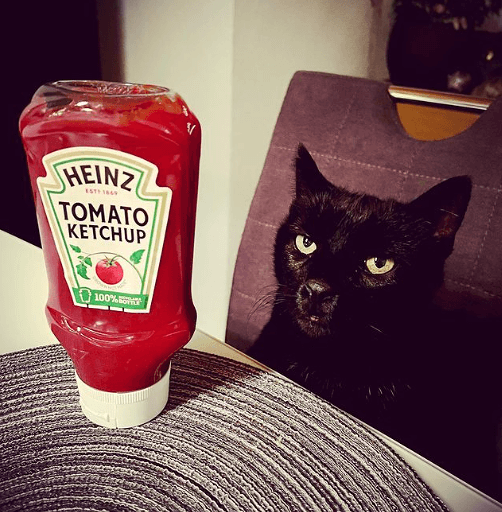
The issue he wanted to solve was how hard it was to get anything out of the bottle as it got emptier. So, he decided to create a bottle that sat on the opening instead of the bottom—an idea that NASA and Heinz paid him $14 million for.
Ice Pop — Likely Millions
While most of us are very familiar with what a Popsicle or ice pop is, how many of you knew it was a patented idea? The creator of the ice pop is said to have been 11-year-old Frank Epperson from Oakland, California, in 1905.
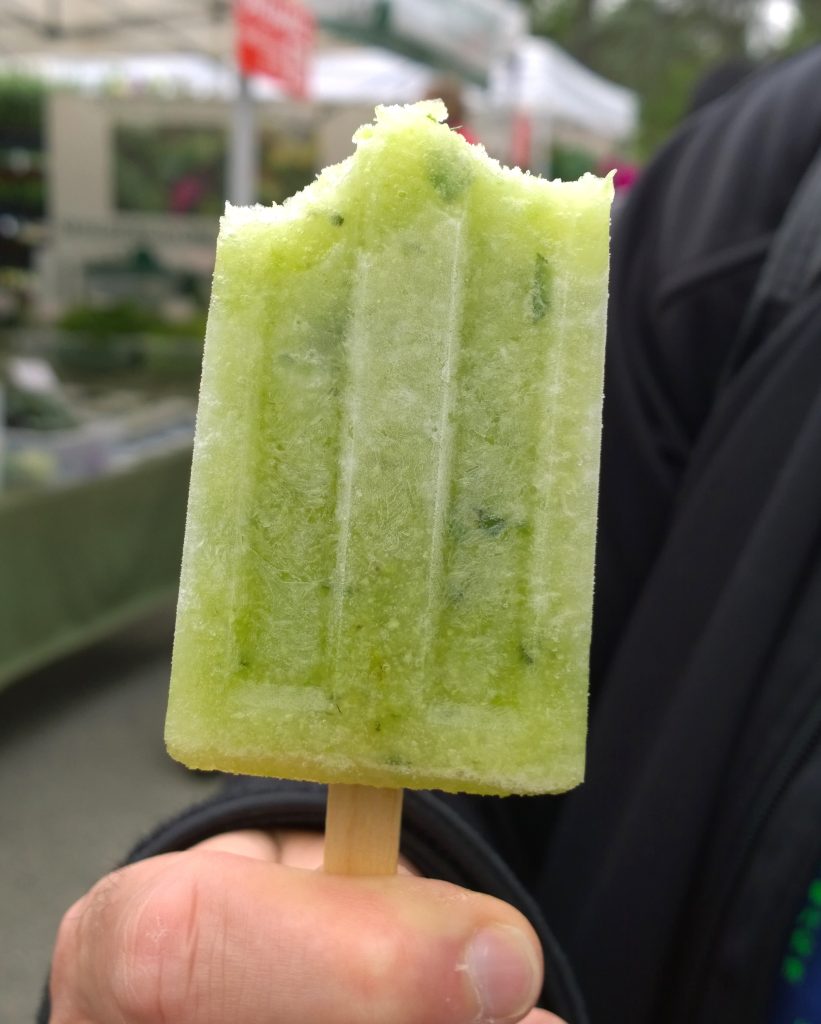
Frank was mixing water with powdered soft drinks when he accidentally left some outside overnight, only to discover them frozen the next day. Epperson would later sell the rights to his discovery due to financial troubles, making him another inventor who never truly profited from his idea.
Sea-Monkeys — Millions
If you were alive in the US between 1960-1970, then the chances are very high that you came across Sea-Monkeys at some point. For those of you who don’t know what they are, it was a marketing term for brine shrimp that were sold as pets.
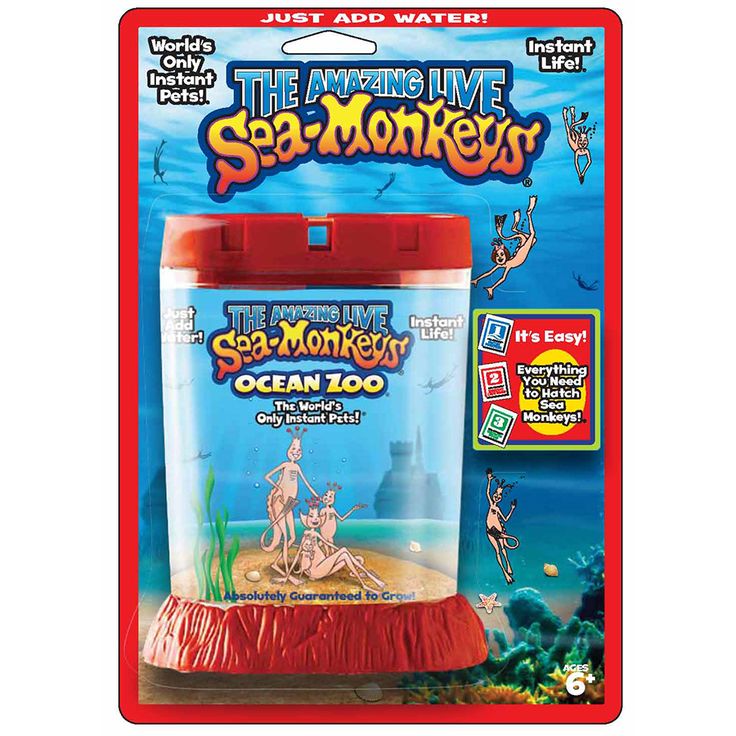
Harold Van Braunhut sold little kits of brine shrimp eggs that people would put in water and watch them hatch, effectively allowing everyone to have their own aquarium. The success of the kits, coupled with comic book and film adaptations, is believed to have made millions.
Santa Mail — Unknown
Ask any parent in the Western world how they knew their children were growing up, and they’ll likely reply, “When they stopped believing in Santa.” The concept of Santa Claus is an important one for many kids. He decides who gets presents, after all.

Children are often taught to write a letter to Santa, telling him how good they were that year. This exercise was made even more magical with the creation of Santa Mail, a company that would send a personalized reply from the “North Pole” to every Christmas letter they received.
Johnny Cupcakes — $2- Million
Sometimes you really have to tip your hat to some of the extremely creative ways people have been able to make money. A noteworthy example being the Boston apparel and merchandise company Johnny Cupcakes, created by Johnny Earle back in 2001.
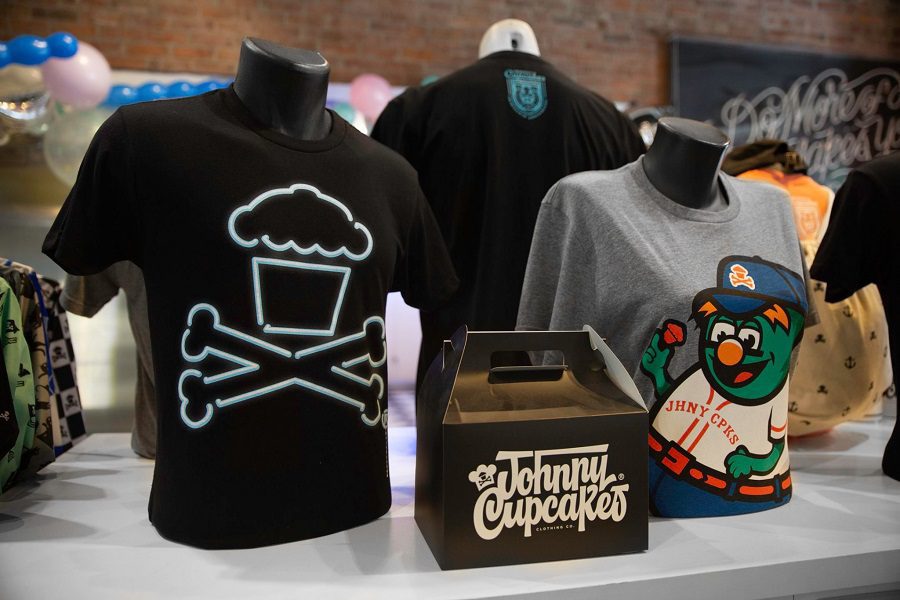
What started as a small side hustle, printing his nickname on shirts he would sell at music concerts, quickly developed a strong cult following. Johnny would leave his band to devote time to developing baking-themed apparel sold in pastry-scented boutique stores.
Post-it Notes — $5 Billion
If you are someone, or know someone, who really likes to be as organized as possible, then you’ve heard about Post-it Notes. Wonder why the name is capitalized? Well, it turns out this humble piece of paper is actually a patented idea worth $5 billion!

A scientist named Spencer Silver came up with the idea in 1968 while working for 3M, though it was only sold in 1977. The simple note was an instant success. While the design patent has expired, the trademark on the name is still enforced.
Silly Putty — $590 Million
Not to be outdone, art supplier company Crayola also holds one of the most valuable, if not surprising, trademarks. The trademark in question is for a silicone polymers toy that has captured the imagination of children and adults for years.
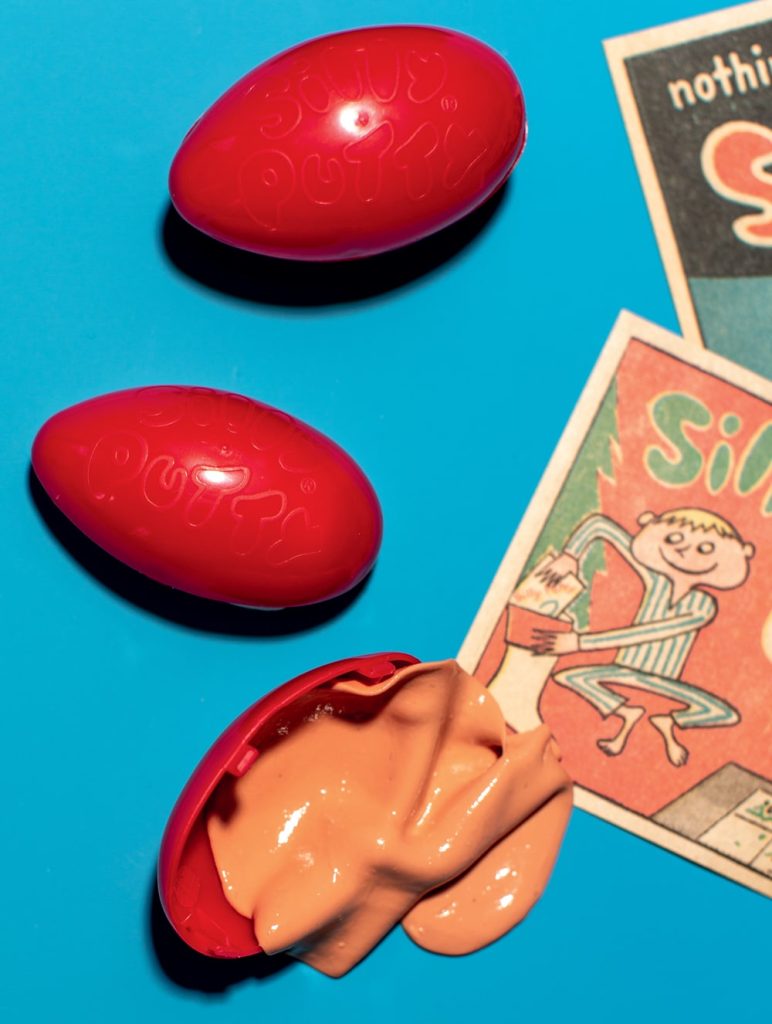
The nature of the toy to be anything from a liquid to a bouncy ball to a rock-hard slab has allowed children to let their imaginations run wild. It’s believed Peter Hodgson’s estate—Hodgson bought the patent—is now valued at $590 million.
Velcro — Millions to Billions Per Year
Hate it or love it, but Velcro straps are possibly among the best and most globally known modern inventions ever made. Velcro was created by Swiss engineer George de Mestral in 1950, who wondered why burdock seeds always clung to his clothing.
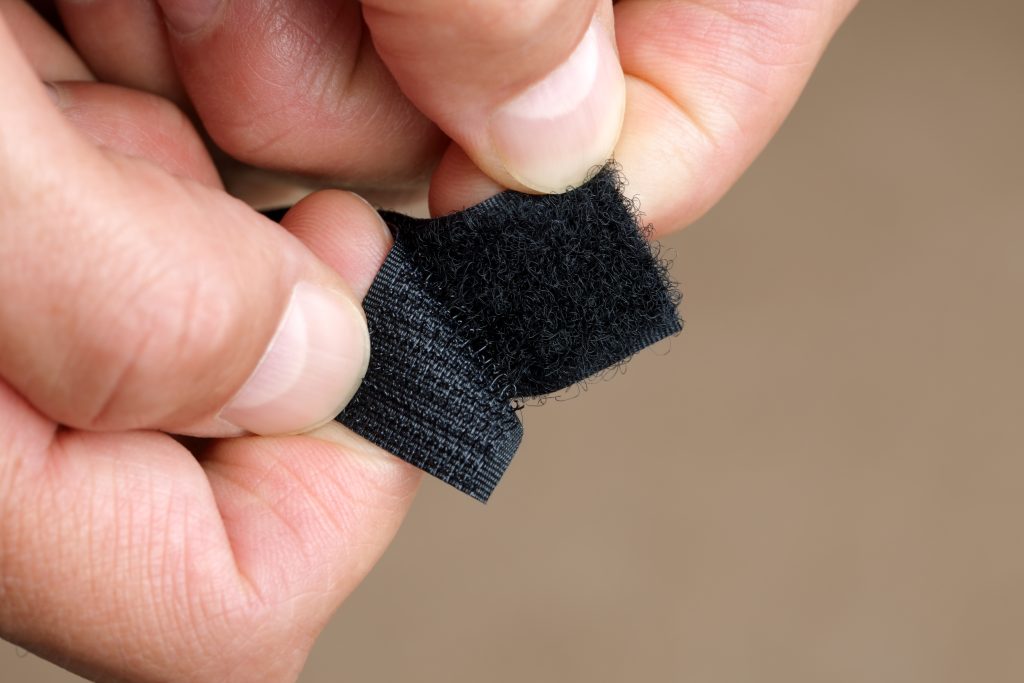
His curiosity led him to harvest and turn the seeds into a prototype fastener that would later be made out of polyester. Even though generic versions are widely accessible, Velcro Companies, the holder of the trademark, is still believed to earn millions to billions per year.
K’Nex — $21 Million
Last but not least, we have an educational and creative toy. K’Nex is a construction-based toy system that people must have thought could’ve rivalled the likes of Lego. The toy allowed people to create machines, architectural building structures, and much more.
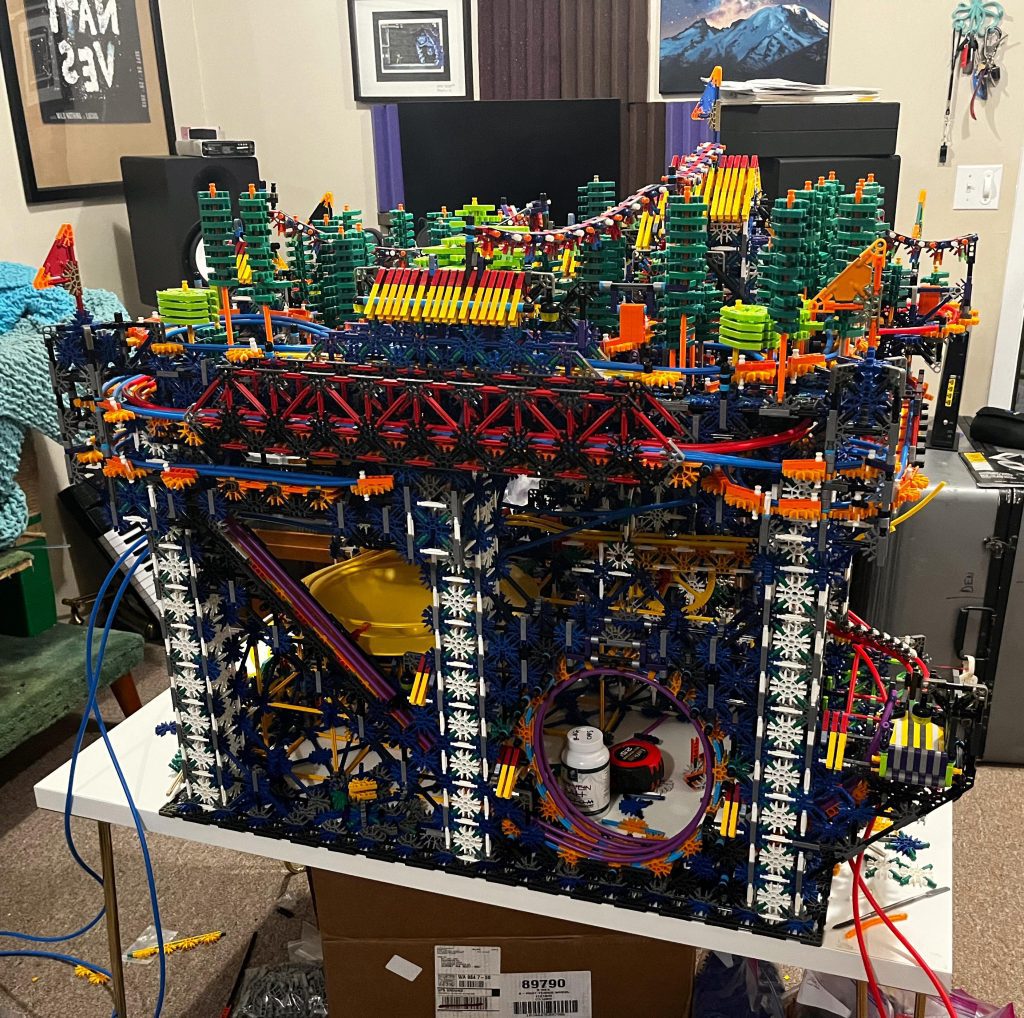
The inventor, Joel Glickman, first launched the toy in 1993 through the American toy retailer, Toys “R” Us. By 2011 Glickman’s invention was sold in 25 countries. K’Nex would later be sold to another toy company, “Basic Fun!” for $21 million.
